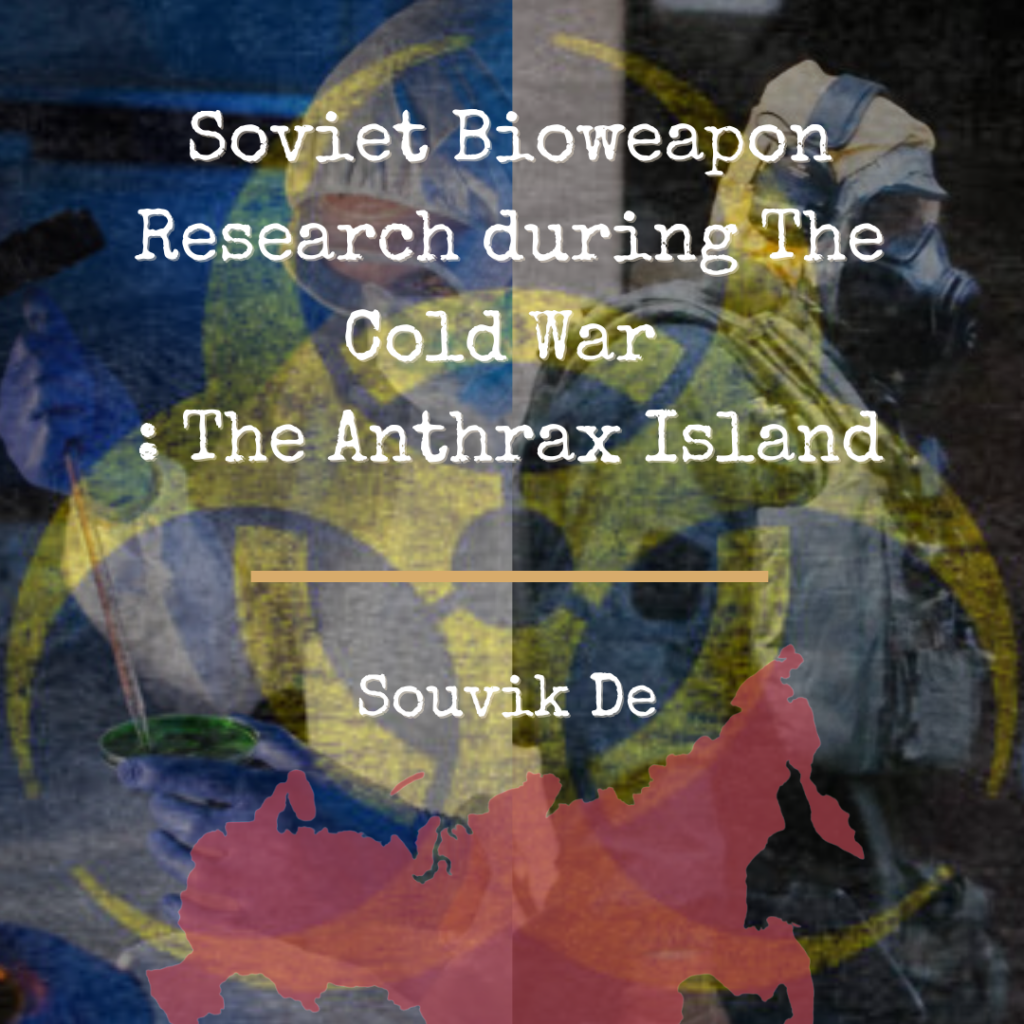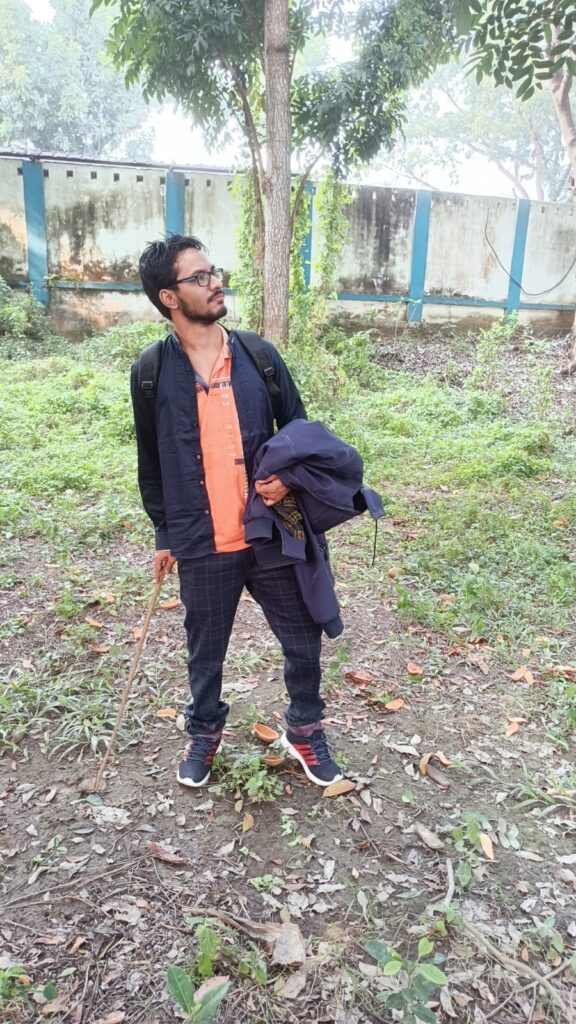
Have you heard of the various rumours surrounding the possible origin of CoVID-19? Though some rumours may sound way too far-fetched, some seem to be as good as the truth. We don’t know about the actual origin of COVID 19 yet, but here I dig up some of the closely guarded secrets from the early days of the Cold War. Secrets that are so well-concealed that if their consequences ever come to light, the world might be caught off-guard by what might be another potential pandemic.
Lab Leaks
There are many conspiracy theories about the COVID 19 outbreak. Some states that it has been used as a biological weapon, while others even claim it was leaked from a research lab. In recent history, lab leaks have happened before. For example, we can refer to the 1978 incident of the smallpox outbreak. Medical photographer Janet Parker was the victim. Investigations pointed out it was the poor ventilation system of the Birmingham Medical School research lab that caused this incident. Human errors have already resulted in two Ebola outbreaks due to human error; more precisely, certain researchers pricked themselves with contaminated needles.
Today we will talk about a place where the Soviets conducted bioweapons research!
The Anthrax Island
Vozrozhdeniya, infamous for its name – The Anthrax Island, is an island located in the erstwhile USSR, where, during the Cold War, Russian scientists used to come up with possible microbes that the Soviets could use for warfare. The research subjects were mainly domestic animals (close to humans) that were inflicted with various nasty diseases humankind had ever experienced, whether it was bubonic plague or smallpox – the least popular one being anthrax.
Geography and demography of Vozrozhdeniya
This island is situated in the Aral Sea between the remote borders of Kazakhstan and Uzbekistan. Now, the whole area is a desert, and the island is connected to the mainland because of the mismanagement of the Aral Sea by the then ruling Soviet government.

It is said that this island still holds the samples of the genetically engineered virus and bacteria developed by the Soviet Scientists. Once the home of the fisherman tribes in the 1920s, the Soviet government took an interest in this island after the end of the Second World War. Due to the emergence of a new type of warfare between the USSR and the United States, both sides thought of using unconventional armouries – one of which was the usage of bioweapons. For the Soviets, the island was a perfect place with the slightest chance of drawing unwanted attention and the ideal humid and hot environment for microbe research.
Till 1954 this island became a full-fledged research complex called the Aralsk-7. The greatest scientific minds of the field were brought here along with their families.
Even a town called Kantubek was built with these residents, 15-20km far from the testing grounds of Aralsk-7 in a desert.
Deadly experiments on Vozrozhdeniya
As mentioned, the place was chosen for mainly two reasons – one, the high temperature in the sands would kill most of the other microbes and two, being a remote place, there would not be any other carriers of the tested disease to the mainland. There, the scientists would experiment on cows, pigs, rabbits, monkeys, dogs etc. They were at first served with nutritious foods and later infected with germs. After their death, these bodies were dissected to observe how the modified diseases had affected the victim’s internal organs.
With these experiments, the scientists had created plague and smallpox germs that were practically undetectable. They created drug-resistant variants of various fatal diseases. The most dangerous weapon in their arsenal was anthrax. Although the research on anthrax was mainly conducted in the infamous Compound 19, near the city of Sverdlovsk, Aralsk-7 had their fair share. Here, the antibiotic-resistant types of anthrax spores were created, and their size was reduced such that they could directly reach human lungs. And once the anthrax spores reached lungs, technically, it’s game over!!
Leaks from Vozrozhdeniya
In 1971 a bizarre incident was reported. A Soviet research vessel moving around 15-20km from the coast of Vozrozhdeniya met a brown, odourless cloud that contained one of the strongest recipes of smallpox ever tested. The lab technician who was on the upper deck was infected, and later she infected nine more, including three children in her home. Four, including her, died in a few days.
According to Soviet General Pyotr Burgasov (Peter Burgasov), field testing of 400 grams of smallpox at Aralsk-7 caused an outbreak on 30 July 1971.
On Vozrozhdeniya Island in the Aral Sea, the strongest recipes of smallpox were tested. Suddenly I was informed that there were mysterious cases of mortalities in Aralsk (Aral). A research ship [the Lev Berg] of the Aral fleet came to within 15 km of the island (it was forbidden to come any closer than 40 km). The lab technician of this ship took samples of plankton twice a day from the top deck. The smallpox formulation—400 gr. of which was exploded on the island—”got her” and she became infected. After returning home to Aralsk, she infected several people including children. All of them died. I suspected the reason for this and called the Chief of General Staff of the Ministry of Defense and requested to forbid the stop of the Alma-Ata–Moscow train in Aralsk. As a result, the epidemic around the country was prevented. I called [future Soviet General Secretary Yuri] Andropov, who at that time was Chief of KGB, and informed him of the exclusive recipe of smallpox obtained on Vozrazhdenie Island.
General Pyotr Burgasov, former Chief Sanitary Physician of the Soviet Army, former Soviet Vice-Minister of Health, senior researcher within the Soviet BW program, described the incident (Source: Wikipedia)
In 1970 there were reports of huge mortality of fishes around the area. A few years later, in 1972, local fishermen found two fishermen on a boat who had died of seemingly unknowing circumstances. In 1988, in a nearby hill, almost fifty thousand saiga antelopes died in an hour due to an unknown disease. These mysterious deaths were relatively common around the island.
Compound 19 took the anthrax research of Aralsk-7 to a new height. It was infamous for the mass production of genetically modified anthrax spores. On April 2, 1979, anthrax spores came out through a defective air handling system. The air was mildly blowing towards the city that day. This outbreak caused the deaths of at least 66-100 people in the area. Soviet authorities denied the actual cause of death for years, and they pointed the finger at the raw meat consumption. This incident is termed the equivalent of Chernobyl in terms of Bioweapons.
Finally, in 1988 the compound was closed after the Chernobyl incident. Huge vats of anthrax spores were dumped in the Vozrozhdeniya island. These spores were not properly disposed of, and the funny thing about anthrax spores is that they do not just die off. Besides, there were other diseases too. Germs of plague had been dumped throughout the place. Though it was mostly a remote island, scientists think surviving rat fleas can still be the carriers of that disease.
After the death of the Aral Sea, technically, Vozrozhdeniya is a part of the mainland. Thus, the risk of infection is high. You need one infected human for a global pandemic. And this time, we are talking about high mortality rates. How high? Normally anthrax has a mortality rate of 90%, bubonic plague has up to 60% mortality rate, and here we are talking about genetically modified germs….in short, it could be a massacre.
Measure of Containment
After the 2001 Anthrax scares, the USA government took steps to neutralize the threat of Aralsk-7. A team of experts found about 200 tonnes of Anthrax vats under the ground and used powerful bleaches to clear the threat. But after their successful mission, when in 2005 British geographer Nick Middleton inspected the ruins, used instruments of the Soviet scientists were found surviving. The USA team did not give much thought to the lab ruins.
Who can tell what is still on those discarded test tubes, Petri dishes and sealed containers?
References:
- Vozrozhdeniya Island
- Sverdlovsk Anthrax Leak
- How Anthrax Kills
- 1971 Aral Smallpox incident
- The Deadly germ warfare island abandoned by the Soviets
- Welcome to Anthrax Island
About the Author

I am Souvik De. Currently, I am a second-year BS-MS student of IISER Kolkata. I have a fascination with Biological Sciences. I love to read fiction, nonfiction and listen to Metallica in my leisure time. I am a huge supporter of Manchester United.
Facebook: https://www.facebook.com/souvik.bond.54
Instagram: https://www.instagram.com/souvikbennington/